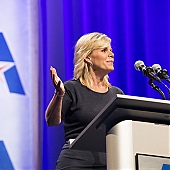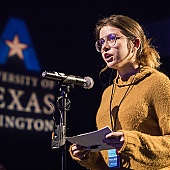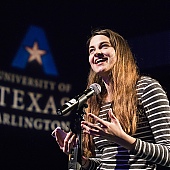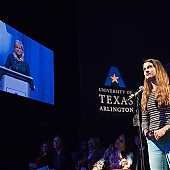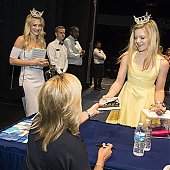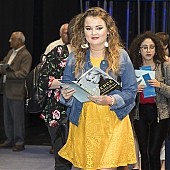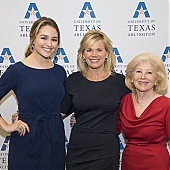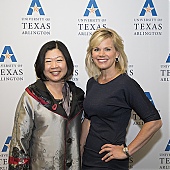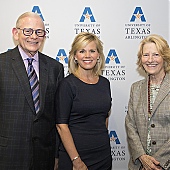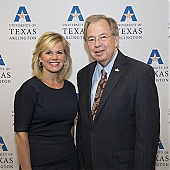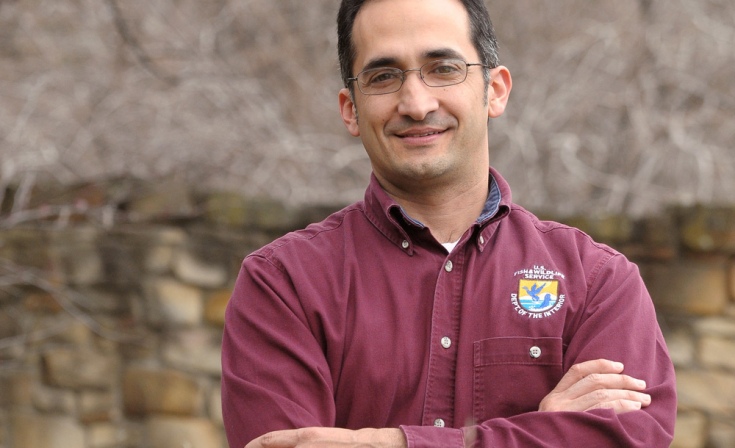
The Wild Side
Alumnus protects endangered Texas animals
Pockets filled with bug bits—cicadas, actually—are what Omar Bocanegra’s mom found every week in her son’s laundry. Young Omar was fascinated by nature, and boys always bring treasures home in their pockets.
Being a city kid, Bocanegra’s wildlife specimens were limited. No deer roamed his Fort Worth neighborhood. “If you’re interested in wildlife in the city,” he explains, “your biggest variety is going to be insects.”
So it was. And so it remained, at least through college. When it came time to select a university and major, Bocanegra sought out someone who shared his fascination. He found UT Arlington biology Professor James Robinson, an expert in the evolutionary ecology of aquatic insects.
Under Dr. Robinson’s guidance, Bocanegra researched the desert firetail damselfly and went on to earn bachelor’s and master’s degrees in biology from UT Arlington. Over the years he built an extensive collection of damselfly specimens, including one that was the first to be identified in the United States.
Today he is a fish and wildlife biologist and coordinator of the Endangered Species Program in the U.S. Fish and Wildlife Service’s Arlington field office. He oversees efforts to preserve and restore 11 endangered or threatened species—including the black-capped vireo and whooping crane—in 112 North Texas counties.
Much of his work involves consulting with other agencies and landowners. “We educate landowners about changes they can make to protect a species, and at very little cost to themselves,” he says. “Small techniques in the way land is managed may easily help preserve a species.”

